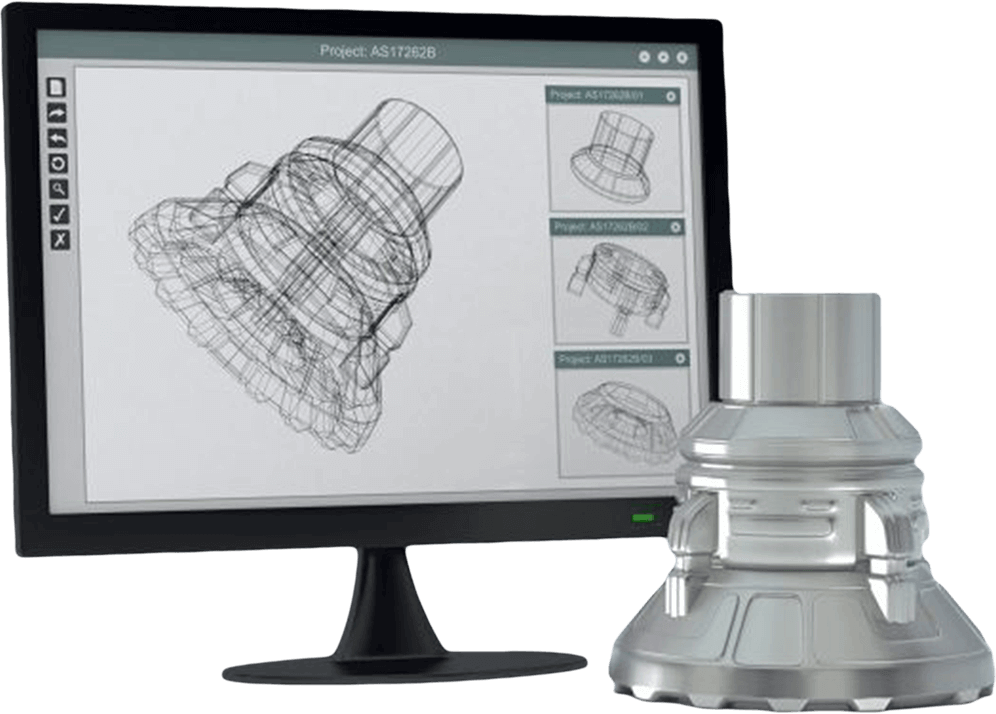
Rapid Prototyping is a term used to describe many manufacturing processes that are able to quickly convert 3D CAD models into physical parts. Some of the technologies used in rapid prototyping are stereolithography (SLA), CNC machining, urethane casting and quick-turn tooled injection molding. Many of these rapid prototyping processes produce parts that are at or near production quality, which can be very beneficial at many points during product development.
The greatest benefit of rapid prototyping is the ability to test various part concepts quickly. Even the best engineers and designers are regularly surprised by what can be learned by evaluating and testing a representative part. Details that may not be apparent on a CAD system or on paper will show up readily in a rapid prototype. This eliminates costly mistakes, improves the quality of the design, and allows more valuable iteration cycles of concept to prototype.
Rapid prototyping is often a very low cost option for constructing prototypes, especially when the cost of the time to manufacture a prototype using more traditional methods or waiting for first tooled pieces is factored in. While the cost for rapid prototype parts is almost always higher than production parts, tooling outlays are minimal. When it is time to move to production tooling, rapid prototyping will likely have minimized mistakes that would otherwise have resulted in costly tooling revisions or remakes.
Rapid prototyping also provides the opportunity to conduct market studies with prototypes that have a realistic look and feel. Gaining early data on how the market accepts or reacts to the product is valuable information which can be used to improve the design and ultimately increase sales.
Product development is often very sequential, but rapid prototyping places efforts in parallel. Once a design has been completed, rapid prototyping can be used to push a product to market quickly capitalizing on any window of opportunity while long lead-time tooling is underway. This yields greater control over a product’s launch and early market adoption.
Rapid prototyping should be an integral part of almost any modern manufacturing organization’s new or sustaining product plan. The benefits of speeding iteration, improving design quality, lowering costs, providing a tool to evaluate the market, and going to market quickly provide more efficient development cycles which will result in better products with better profits and revenues.
